Home>Articles>How Can I Tell Electric Pressure Cooker Low Or High Pressure
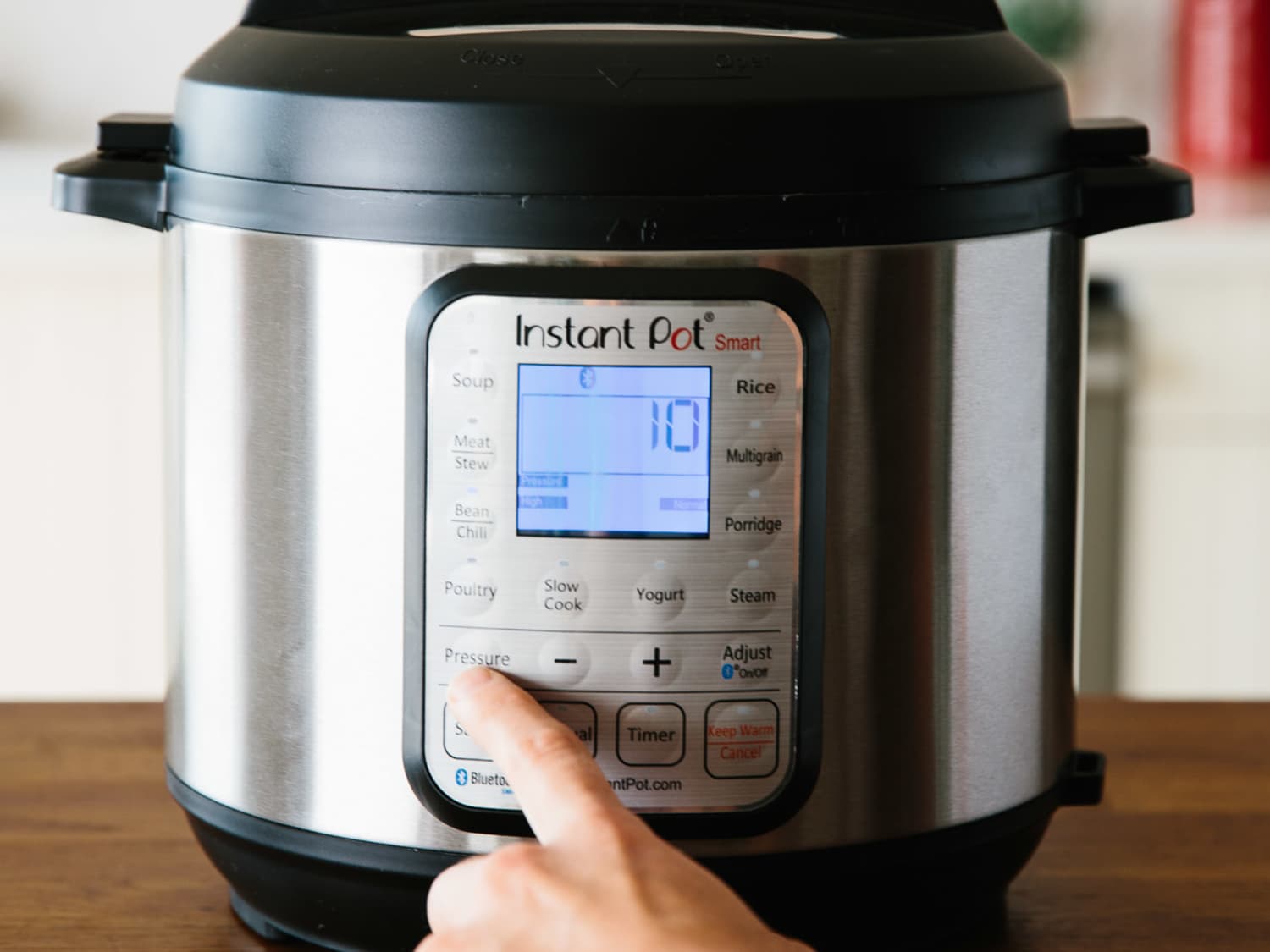

Articles
How Can I Tell Electric Pressure Cooker Low Or High Pressure
Modified: February 29, 2024
Discover how to determine if an electric pressure cooker operates on low or high pressure with informative articles that provide step-by-step guidance.
(Many of the links in this article redirect to a specific reviewed product. Your purchase of these products through affiliate links helps to generate commission for Storables.com, at no extra cost. Learn more)
Introduction
Electric pressure cookers have become increasingly popular for their ability to cook meals quickly and efficiently. These appliances utilize sealed cooking chambers and the power of steam to create high pressure environments that accelerate the cooking process. However, not all pressure cooker recipes require the same level of pressure. Understanding the different pressure levels in electric pressure cookers is essential to ensure that your dishes turn out perfectly every time.
In this article, we will explore how to tell whether an electric pressure cooker is operating at low or high pressure. By recognizing the pressure level and making the necessary adjustments, you can optimize your cooking results and make the most of your pressure cooker.
So, let’s dive in and learn how to identify the pressure levels in electric pressure cookers!
Key Takeaways:
- Understanding the difference between low and high pressure modes in electric pressure cookers is crucial for achieving optimal cooking results, including texture, flavor infusion, and liquid evaporation.
- Recognizing the pressure level in your electric pressure cooker and adjusting cooking times accordingly is essential for creating delicious, flavorful meals with ease.
Understanding Electric Pressure Cookers
Before we delve into how to determine the pressure level in an electric pressure cooker, it’s important to have a basic understanding of how these appliances work. Electric pressure cookers are designed to cook food faster than traditional stovetop methods by utilizing the power of steam and pressure.
Inside an electric pressure cooker, there is a sealed cooking chamber that traps steam generated from the liquid added to the pot. As the liquid heats up and reaches its boiling point, it begins to produce steam. The trapped steam increases the pressure inside the cooking chamber, which in turn raises the boiling point of the liquid.
This elevated temperature and pressure inside the cooker help to accelerate the cooking process, allowing food to cook faster than it would in a regular pot or pan. This is particularly beneficial for dishes that typically require longer cooking times, such as tough cuts of meat or dried beans.
Electric pressure cookers are equipped with various safety features to ensure that the pressure inside the pot remains within a safe range. These safety features include pressure release valves, locking mechanisms, and sensors that monitor the pressure level throughout the cooking process.
Now that we have a basic understanding of electric pressure cookers, let’s explore the different pressure levels that these appliances can operate at.
Different Pressure Levels in Electric Pressure Cookers
Electric pressure cookers typically have two pressure settings: low pressure and high pressure. The specific pressure levels can vary slightly depending on the make and model of the cooker, but in general, low pressure ranges from 6 to 8 psi (pounds per square inch) while high pressure ranges from 11 to 15 psi.
Low pressure is commonly used for delicate foods that need to be cooked gently, such as fish, vegetables, and certain types of grains. It’s also perfect for dishes that require a longer cooking time, as the lower pressure setting allows for gradual and thorough cooking.
On the other hand, high pressure is ideal for quickly cooking tougher cuts of meat, legumes, and grains that require a shorter cooking time. The higher pressure level helps to break down fibers and tenderize the food more rapidly, resulting in faster cooking times without compromising on flavor or texture.
It’s important to note that not all electric pressure cookers have the capability to adjust the pressure level manually. Some models have pre-set programs for specific types of food, automatically selecting the appropriate pressure level based on the selected setting. However, many advanced electric pressure cookers do offer the option to manually adjust the pressure and customize the cooking process according to your preference.
Now that you have a basic understanding of the different pressure levels in electric pressure cookers, let’s explore how to recognize whether your cooker is set to low or high pressure mode.
Recognizing Low Pressure Mode
Recognizing whether your electric pressure cooker is operating at low pressure mode is crucial to ensure that you adjust your cooking times accordingly. Fortunately, there are a few key indicators that can help you determine whether the cooker is set to low pressure.
First, check if your pressure cooker has a pressure release valve or a pressure indicator. These are typically located on the lid of the cooker. When the pressure cooker is set to low pressure mode, the valve or indicator may show a lower pressure reading, such as 6 to 8 psi. This is an indication that the cooker is operating at low pressure.
In addition, some electric pressure cookers have a dedicated button or setting for low pressure. If your cooker has this feature, you can select the low pressure option to ensure that your meals are cooked at the appropriate pressure level.
Another way to recognize low pressure mode is by the amount of steam being released during the cooking process. When the cooker is set to low pressure, you may notice a gentle release of steam from the pressure release valve, which indicates that the pressure inside the cooker is not as high as it would be in high pressure mode.
Lastly, certain recipes may specify the use of low pressure cooking. If you’re following a recipe that indicates a longer cooking time or recommends low pressure, it’s a clear indication that you should set your electric pressure cooker to low pressure mode.
By familiarizing yourself with these indicators, you can easily recognize when your electric pressure cooker is operating at low pressure mode and adjust your cooking process accordingly.
Check the user manual or the control panel of your electric pressure cooker. It should have a setting or indicator for low and high pressure. If in doubt, contact the manufacturer for clarification.
Identifying High Pressure Mode
Identifying whether your electric pressure cooker is set to high pressure mode is crucial for cooking dishes that require shorter cooking times or tougher ingredients. Here are a few ways to identify if your cooker is operating at high pressure:
Firstly, check if your pressure cooker has a pressure release valve or a pressure indicator. When the cooker is set to high pressure, the valve or indicator may display a higher pressure reading, typically ranging from 11 to 15 psi. This indicates that the cooker is operating at high pressure mode.
Some electric pressure cookers also have a specific button or setting for high pressure. If your cooker includes this feature, selecting the high pressure option will ensure that your meals are cooked at the desired pressure level.
Another indicator of high pressure mode is the intensity of steam release during cooking. When the cooker is set to high pressure, you may notice a vigorous release of steam from the pressure release valve. The forceful release of steam is a visual cue that the pressure inside the cooker is higher, indicating that it is operating in high pressure mode.
Certain recipes may also specify the use of high pressure cooking. If a recipe calls for a shorter cooking time or mentions the use of high pressure, it’s a clear indication that you should set your electric pressure cooker to high pressure mode.
It’s important to note that observing the pressure release valve, pressure indicator, steam intensity, and following recipe instructions will help you confirm whether your electric pressure cooker is set to high pressure mode.
By identifying high pressure mode accurately, you can ensure that your dishes are cooked efficiently and with the appropriate level of pressure to achieve the desired results.
Read more: Where Can I Buy An Electric Pressure Cooker
Key Differences between Low and High Pressure Modes
Understanding the key differences between low and high pressure modes in electric pressure cookers is essential for achieving optimal cooking results. Let’s explore some of the main distinctions:
1. Cooking Time: One of the primary differences between low and high pressure modes is the cooking time. Low pressure mode is ideal for dishes that require longer cooking times, as the lower pressure allows for a gentler and more gradual cooking process. High pressure mode, on the other hand, is designed for recipes that require shorter cooking times or need to tenderize tougher ingredients more rapidly.
2. Texture and Tenderness: The pressure level directly affects the texture and tenderness of the cooked food. Low pressure cooking results in more delicate and softer textures, making it suitable for delicate foods like fish and vegetables. High pressure cooking, on the other hand, can help break down tough fibers, resulting in tender and flavorful meats and legumes.
3. Flavor Infusion: The intensity of flavors can vary between low and high pressure modes. Low pressure cooking allows for a slower infusion of flavors, resulting in dishes with more subtle and nuanced tastes. High pressure cooking, on the other hand, can intensify flavors more quickly, making it perfect for dishes that require robust and bold flavors.
4. Liquid Evaporation: The pressure level also affects the amount of liquid evaporation during the cooking process. At higher pressure, more liquid evaporates, leading to thicker sauces or stews. Low pressure cooking retains more moisture, resulting in dishes with a slightly thinner consistency.
5. Adaptability: One of the advantages of electric pressure cookers is their versatility. They allow you to adjust the pressure level manually or choose preset programs. This flexibility enables you to adapt the cooking process to different types of recipes and ingredients, whether you need to cook at low or high pressure.
By understanding these key differences, you can select the appropriate pressure mode to achieve the desired results for your specific recipes.
Adjusting Cooking Times for Low or High Pressure
When using an electric pressure cooker, it’s essential to adjust the cooking times based on whether you are cooking at low or high pressure. Here’s how to modify the cooking times for optimal results:
1. Low Pressure Cooking: If your electric pressure cooker is set to low pressure mode, you’ll need to increase the cooking time compared to traditional stovetop or oven cooking methods. Start by following the recipe guidelines and add approximately 10-15% more time to account for the lower pressure. Cooking at low pressure allows for more gentle and gradual cooking, ideal for delicate foods or dishes that require longer cooking times.
2. High Pressure Cooking: When cooking at high pressure mode, you can reduce the cooking time compared to traditional methods. Start by following the recipe instructions, but decrease the cooking time by approximately 10-15%. High pressure cooking infuses flavors quickly and breaks down tough fibers, resulting in faster cooking times without compromising on taste or tenderness.
3. Consider the Recipe: It’s important to note that specific recipes may have different requirements for cooking times at low or high pressure. Always refer to the recipe instructions for guidance on adjusting the cooking times accordingly. Recipes that have been specifically developed for pressure cookers often provide specific cooking times for both low and high pressure modes.
4. Test for Doneness: To ensure that your dish is fully cooked, always perform a thorough visual and taste test. Use a thermometer to check the internal temperature of proteins or use a fork to check the tenderness of meats. For vegetables, ensure they have reached your desired level of crispness or softness before serving.
Remember that adjusting cooking times for low or high pressure is not an exact science and may require some trial and error. Factors such as the size and thickness of the ingredients, the type of recipe, and personal preferences can all influence the cooking time adjustments.
By understanding the relationship between pressure modes and cooking times and making the necessary adjustments, you can confidently cook a wide variety of recipes in your electric pressure cooker.
Conclusion
Electric pressure cookers are incredible appliances that can revolutionize your cooking experience by reducing cooking times and producing flavorful meals. Understanding the pressure levels in these cookers is essential for achieving optimal results and ensuring that your dishes are cooked to perfection.
In this article, we explored the different pressure levels in electric pressure cookers, including low pressure and high pressure modes. We discussed how to recognize whether your cooker is operating at low or high pressure, highlighting key indicators such as pressure release valves, pressure indicators, steam intensity, and recipe instructions.
We also emphasized the key differences between low and high pressure modes, such as cooking time, texture, flavor infusion, liquid evaporation, and adaptability. By understanding these differences, you can make informed decisions about which pressure mode to use for different recipes and ingredients.
Furthermore, we examined the importance of adjusting cooking times based on the pressure mode selected. Increasing the cooking time for low pressure cooking and decreasing it for high pressure cooking allows you to optimize the cooking process and achieve the desired results for your dishes.
As you continue to explore the world of electric pressure cooking, remember to experiment and adapt recipes to your personal preferences. Each electric pressure cooker may vary slightly in terms of pressure levels and cooking performance, so be sure to familiarize yourself with your specific model’s instructions and guidelines.
In conclusion, understanding and recognizing the pressure levels in electric pressure cookers is essential for successful and efficient cooking. By utilizing the appropriate pressure mode and adjusting cooking times accordingly, you can unlock the full potential of your electric pressure cooker and create delicious, flavorful meals with ease.
So, go ahead and confidently embrace the world of electric pressure cooking, knowing that you have the knowledge and skills to make the most of your appliance and delight your taste buds with every dish you create.
Frequently Asked Questions about How Can I Tell Electric Pressure Cooker Low Or High Pressure
Was this page helpful?
At Storables.com, we guarantee accurate and reliable information. Our content, validated by Expert Board Contributors, is crafted following stringent Editorial Policies. We're committed to providing you with well-researched, expert-backed insights for all your informational needs.
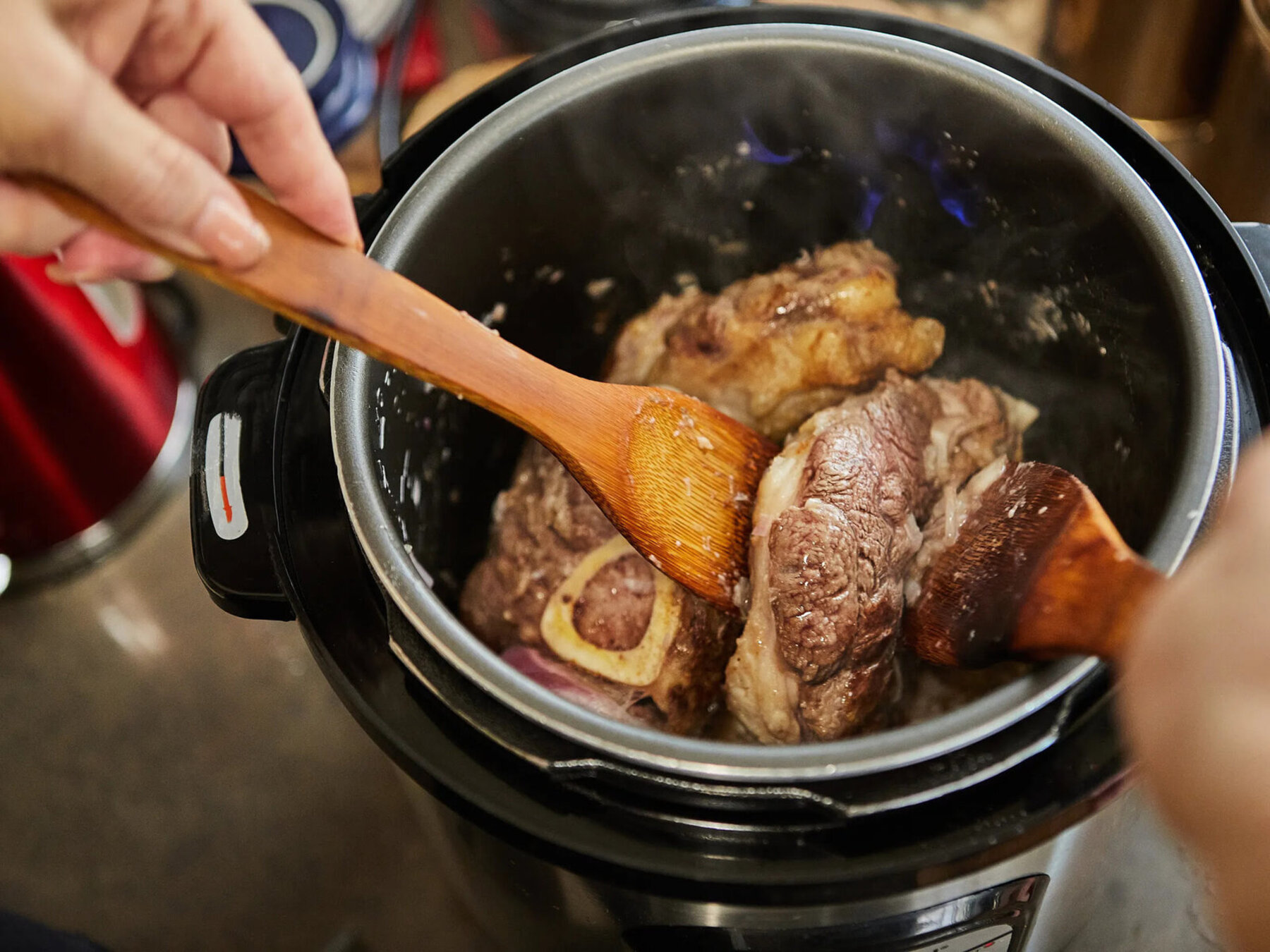
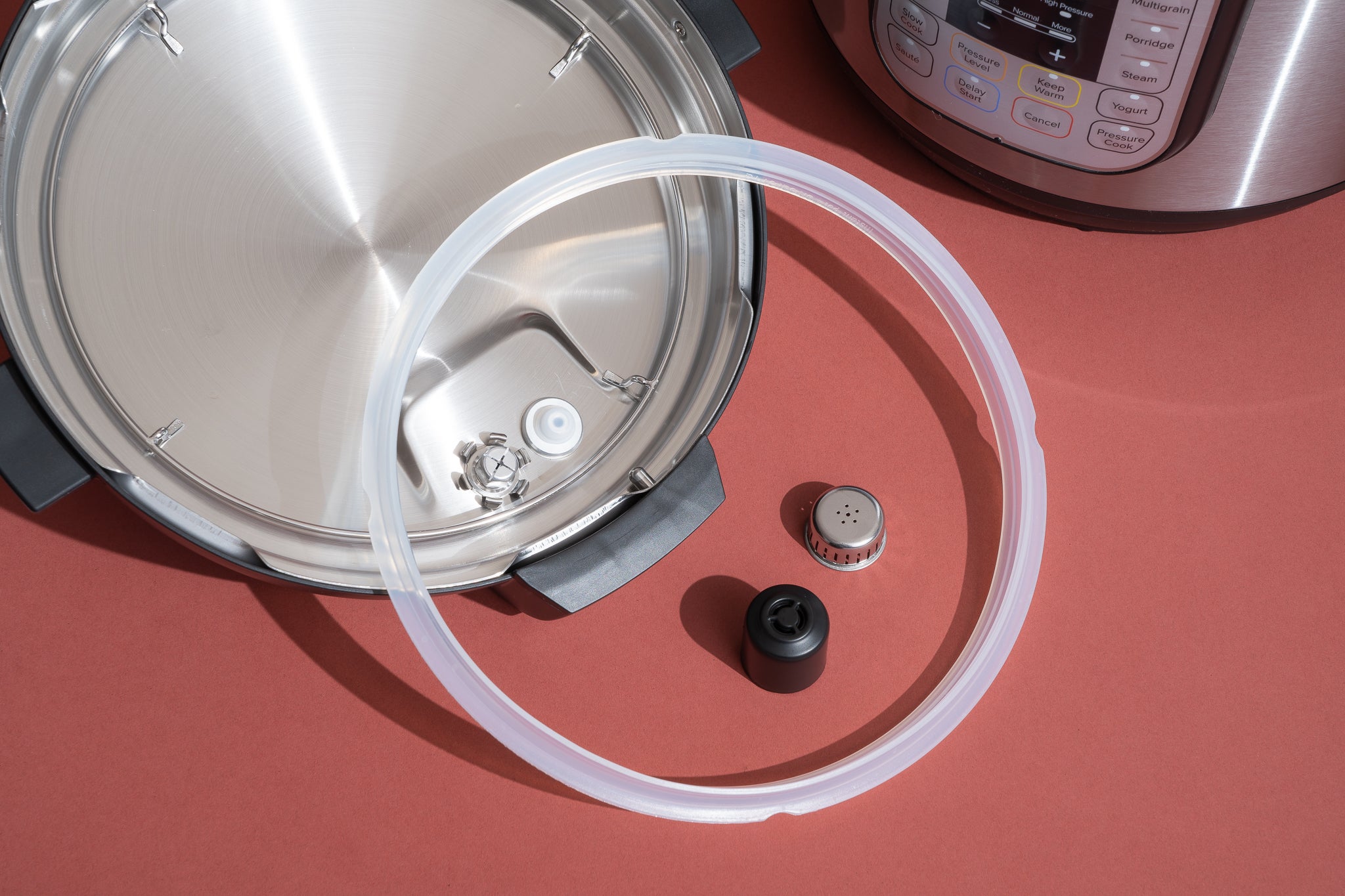
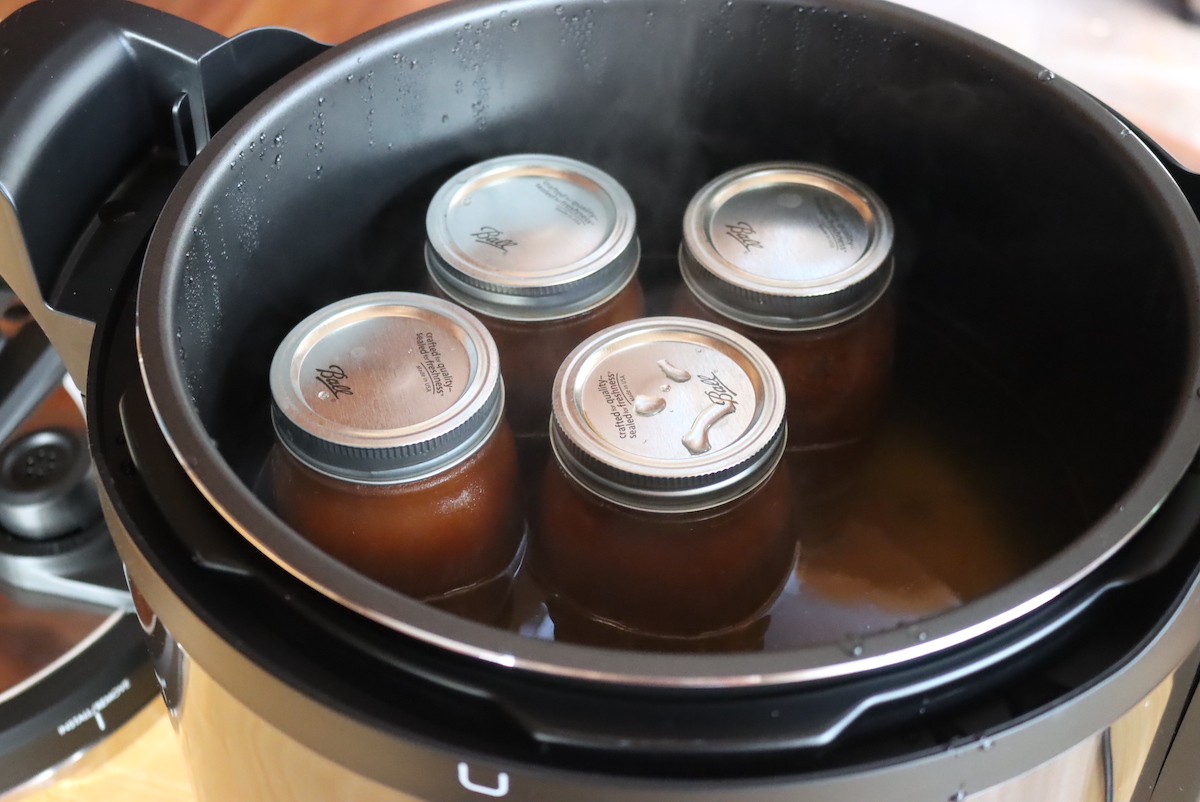
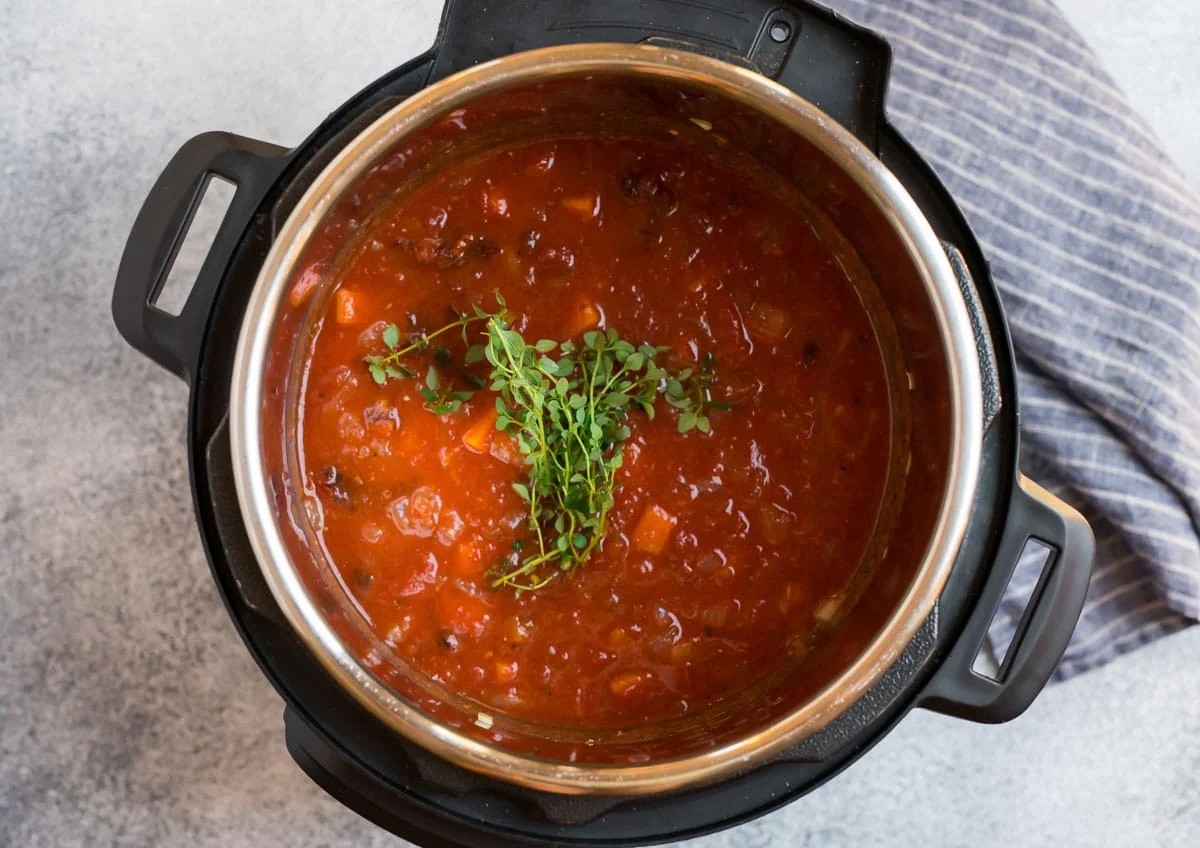
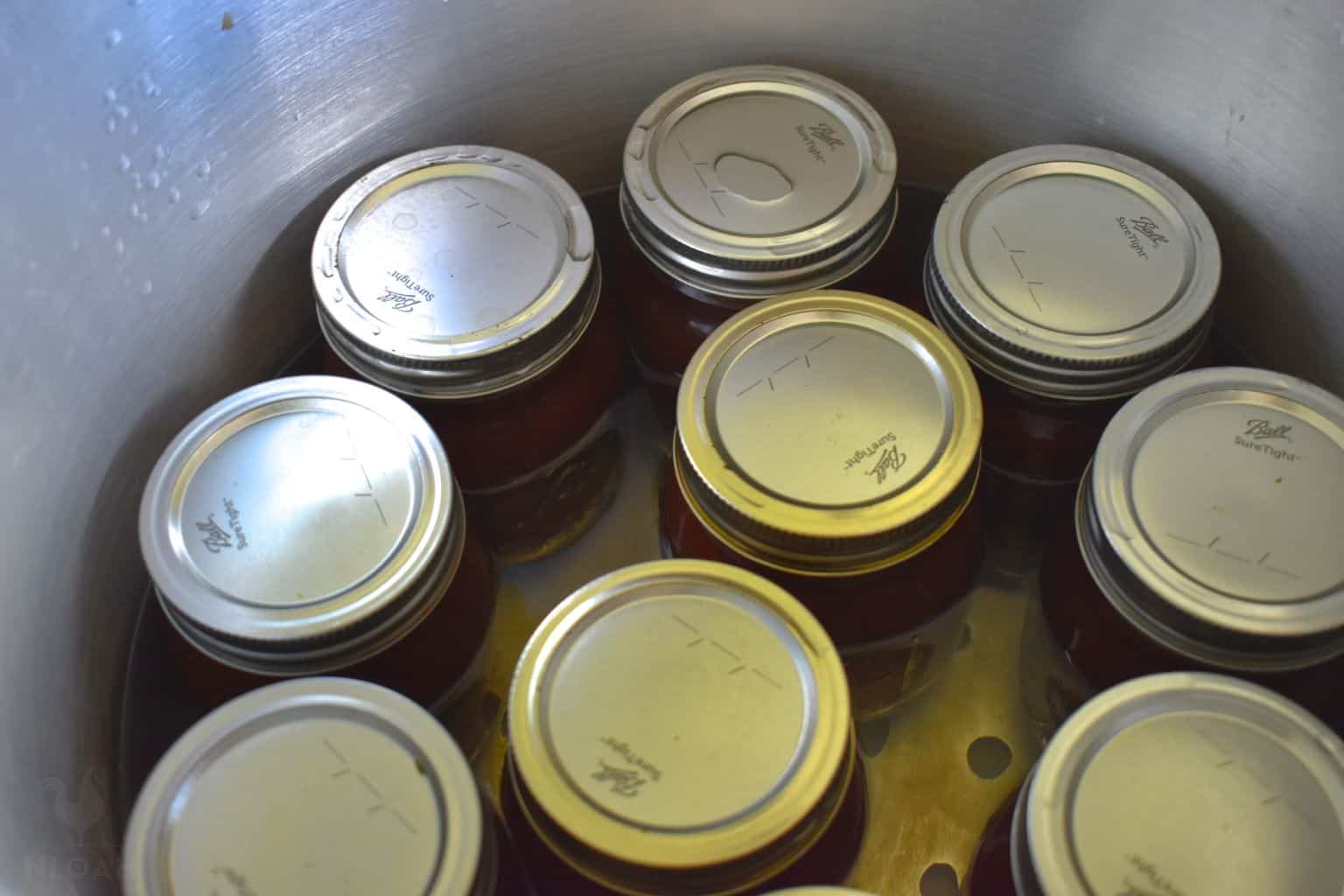
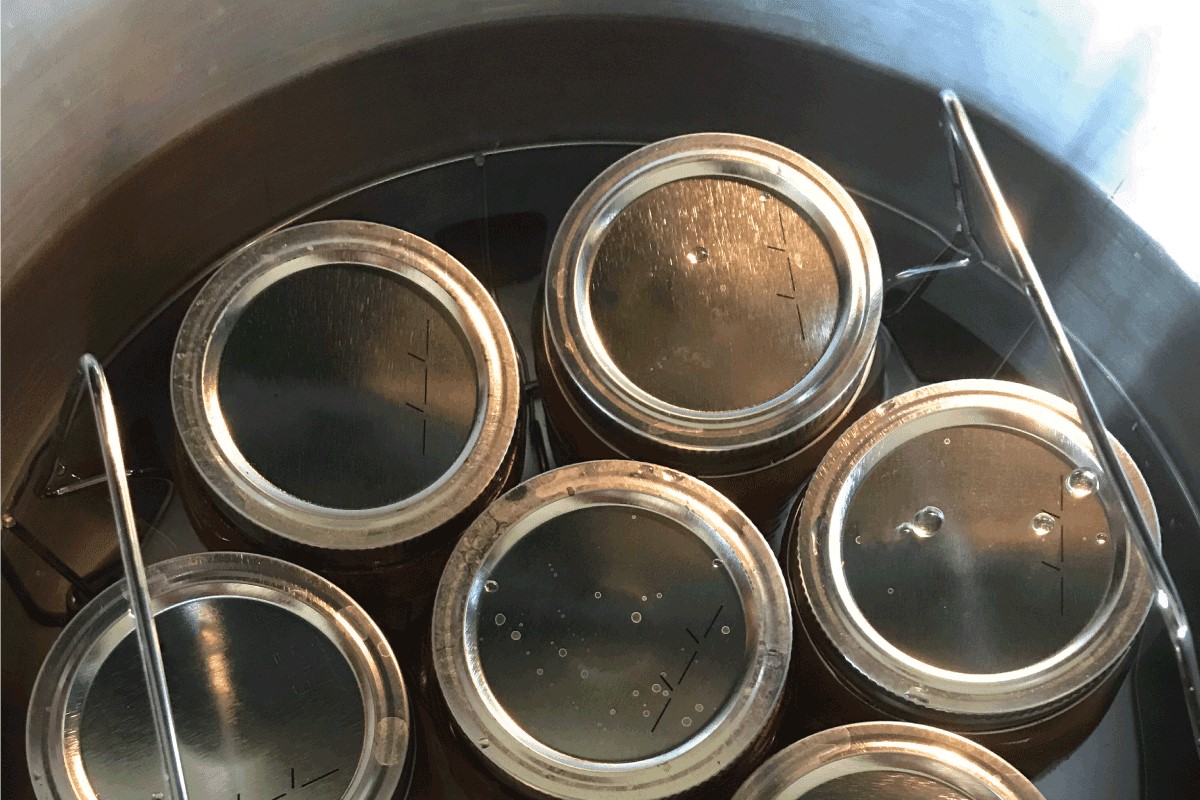
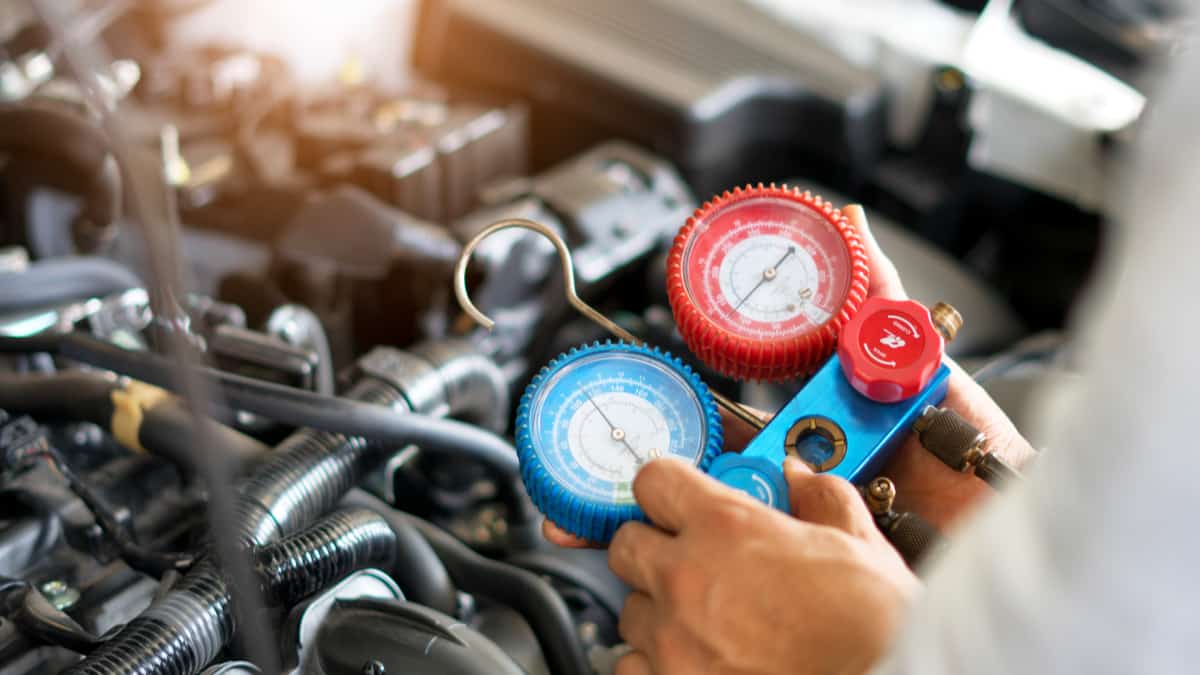
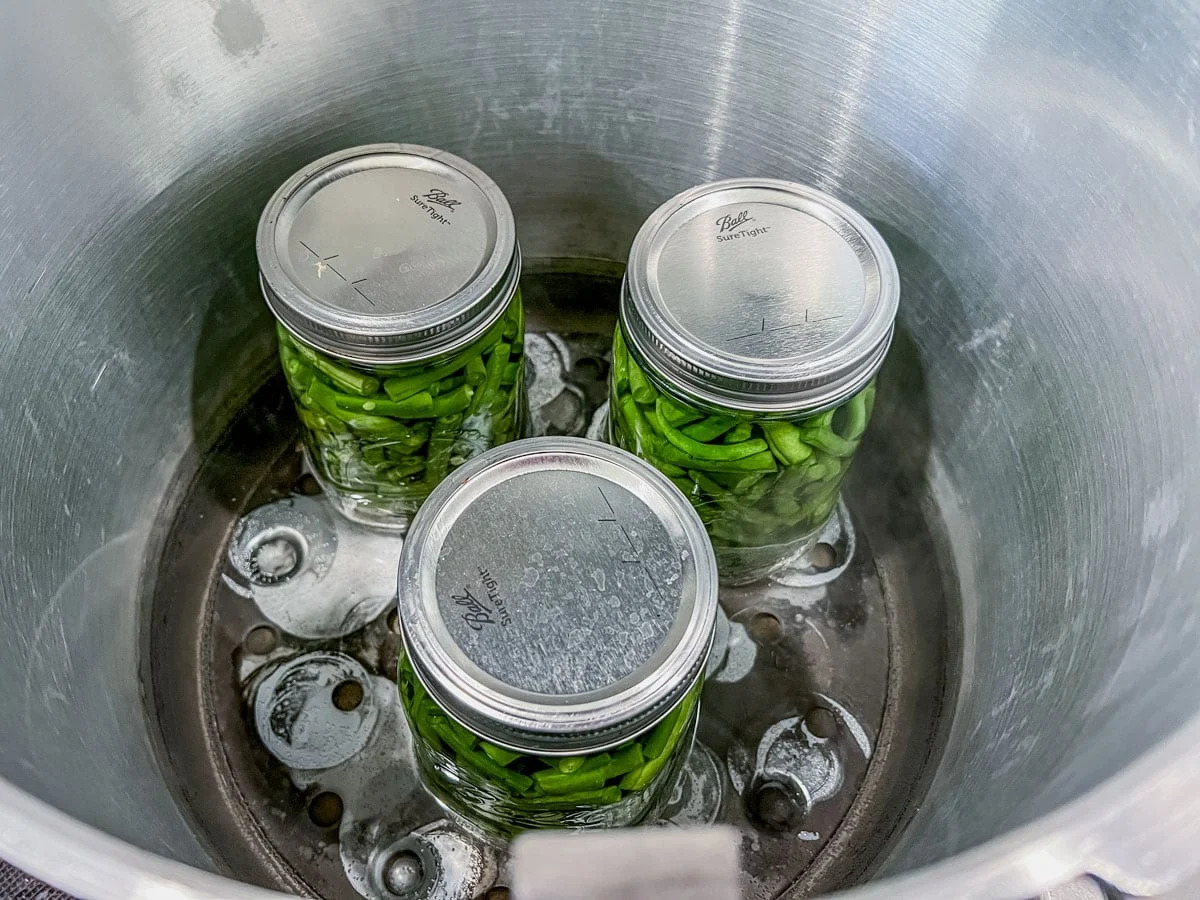
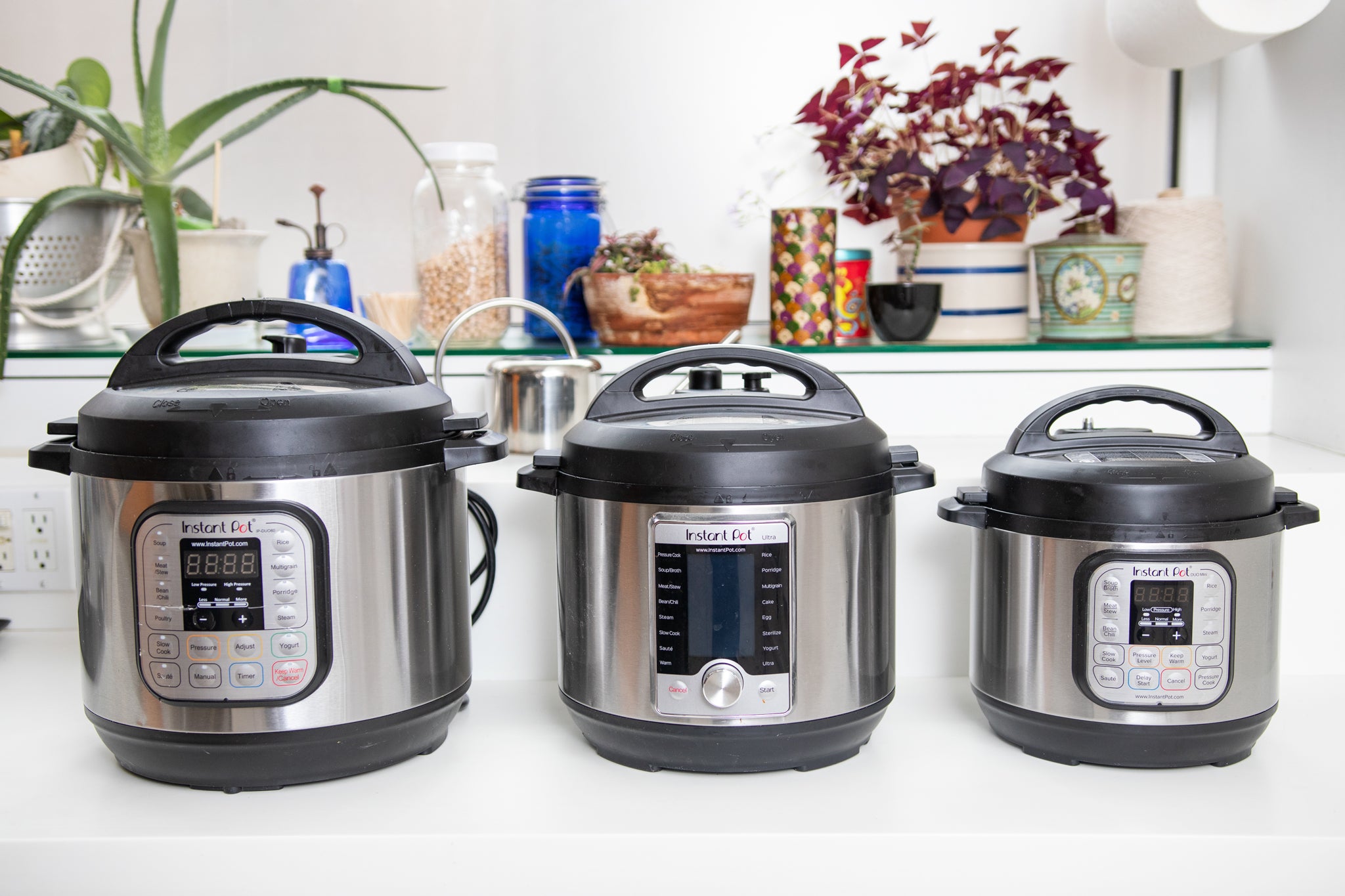
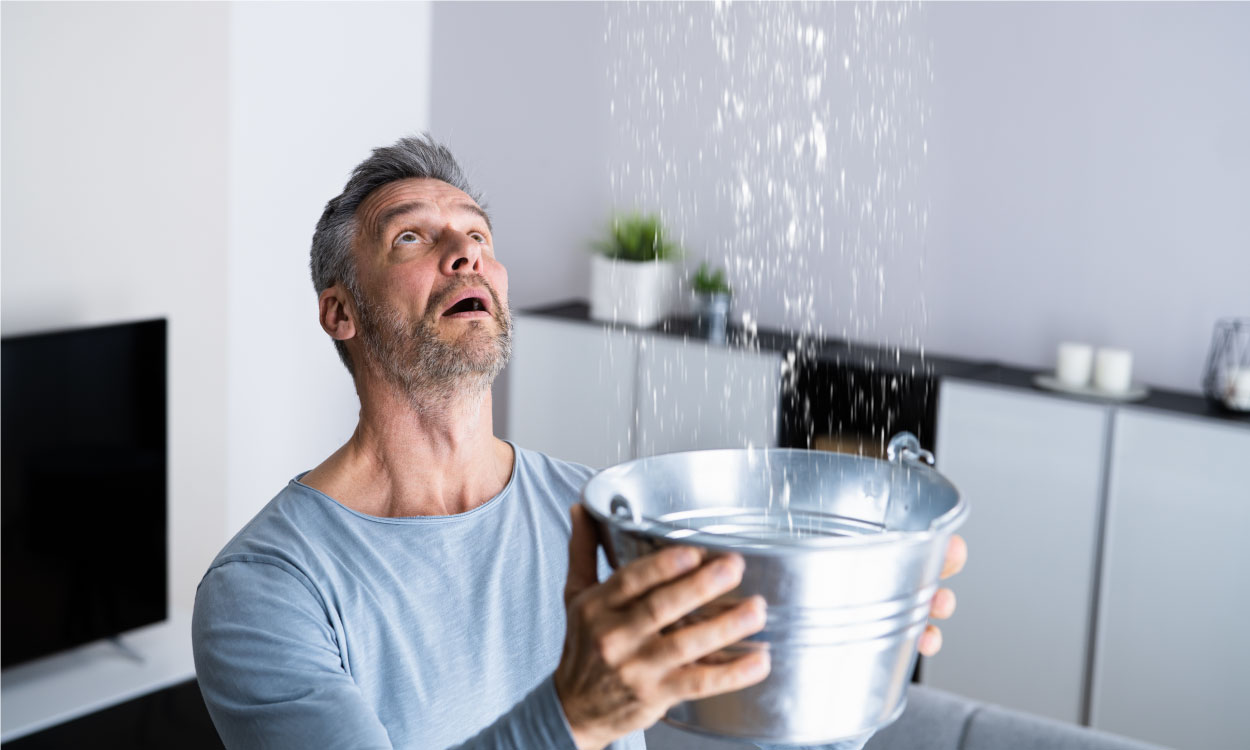
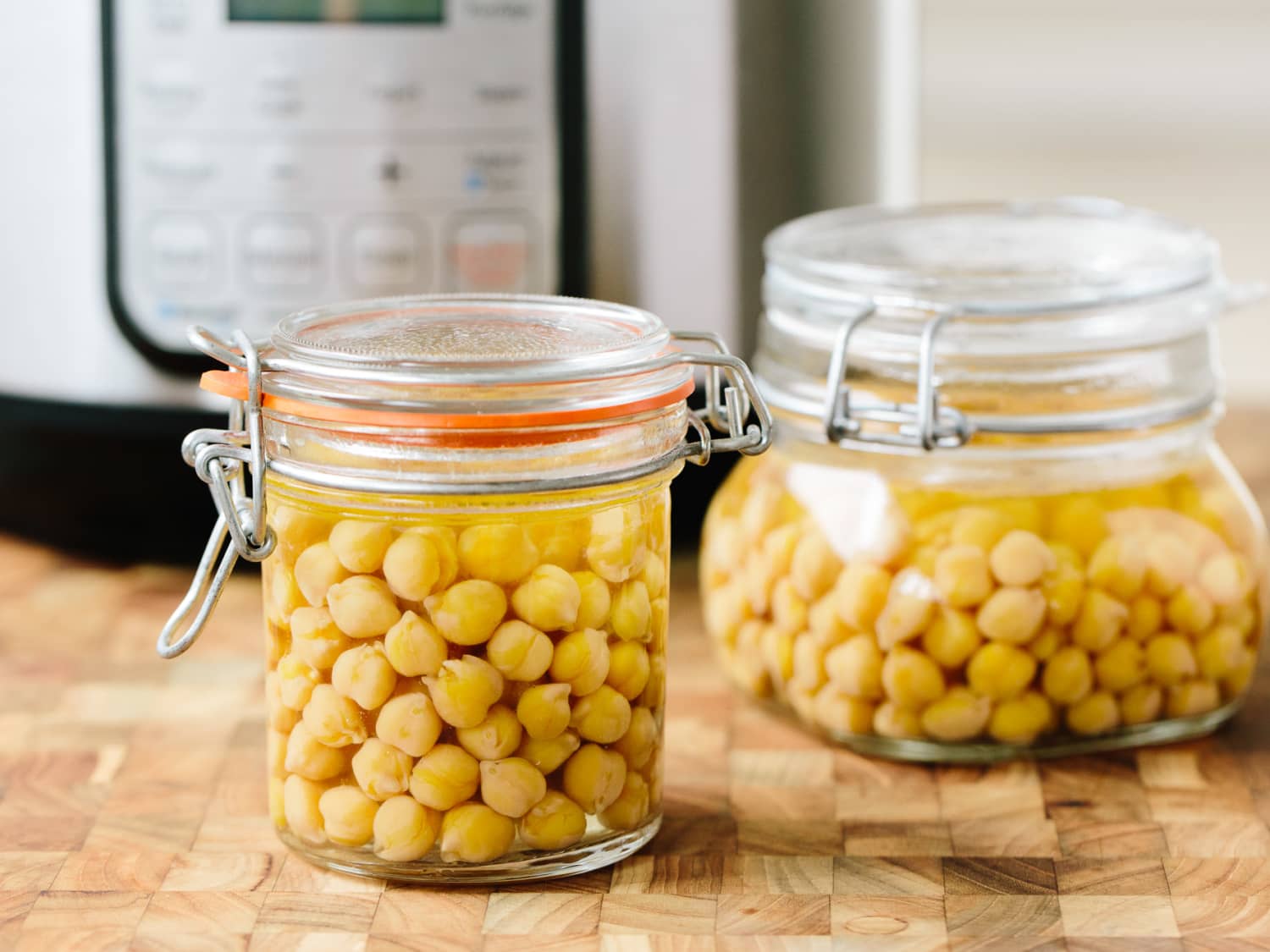
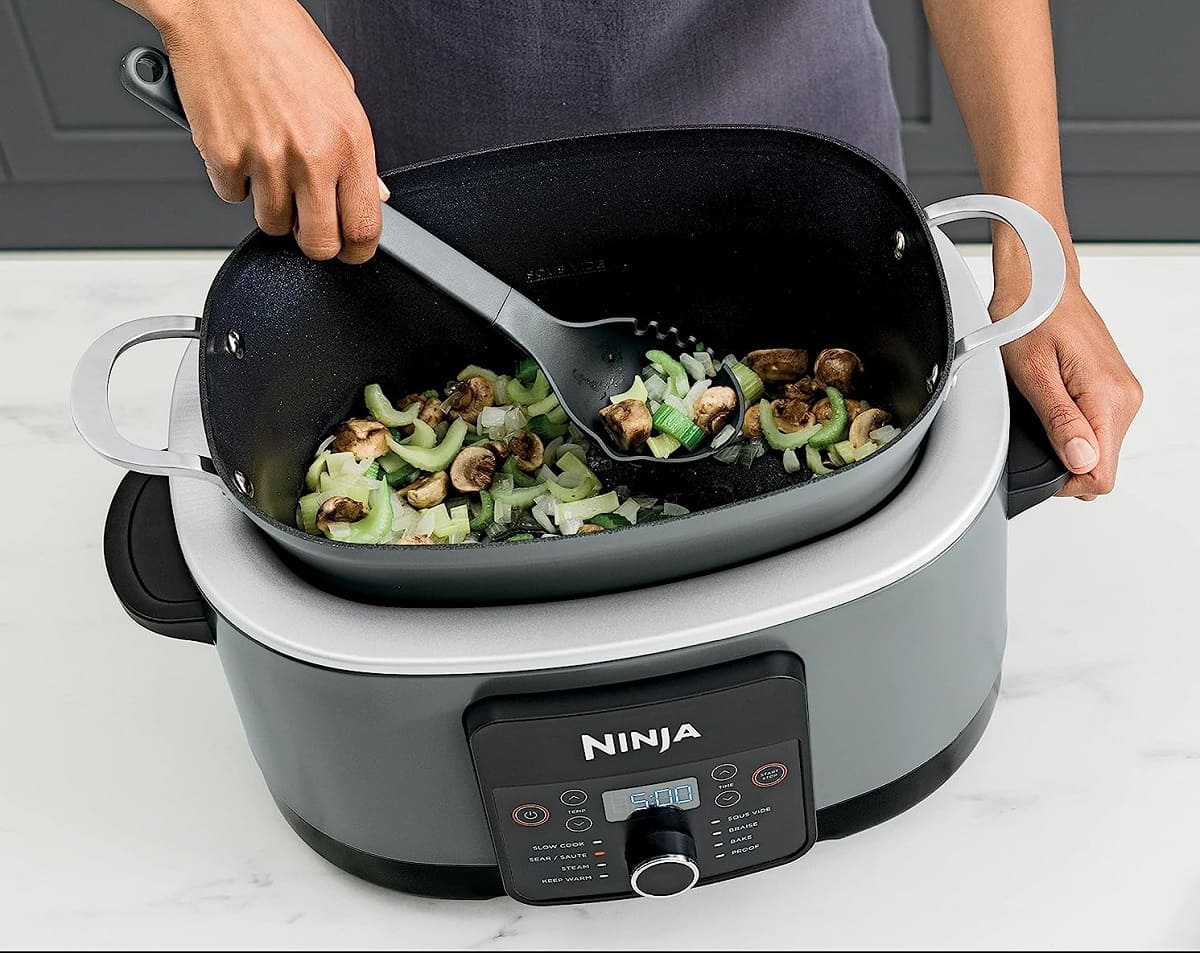
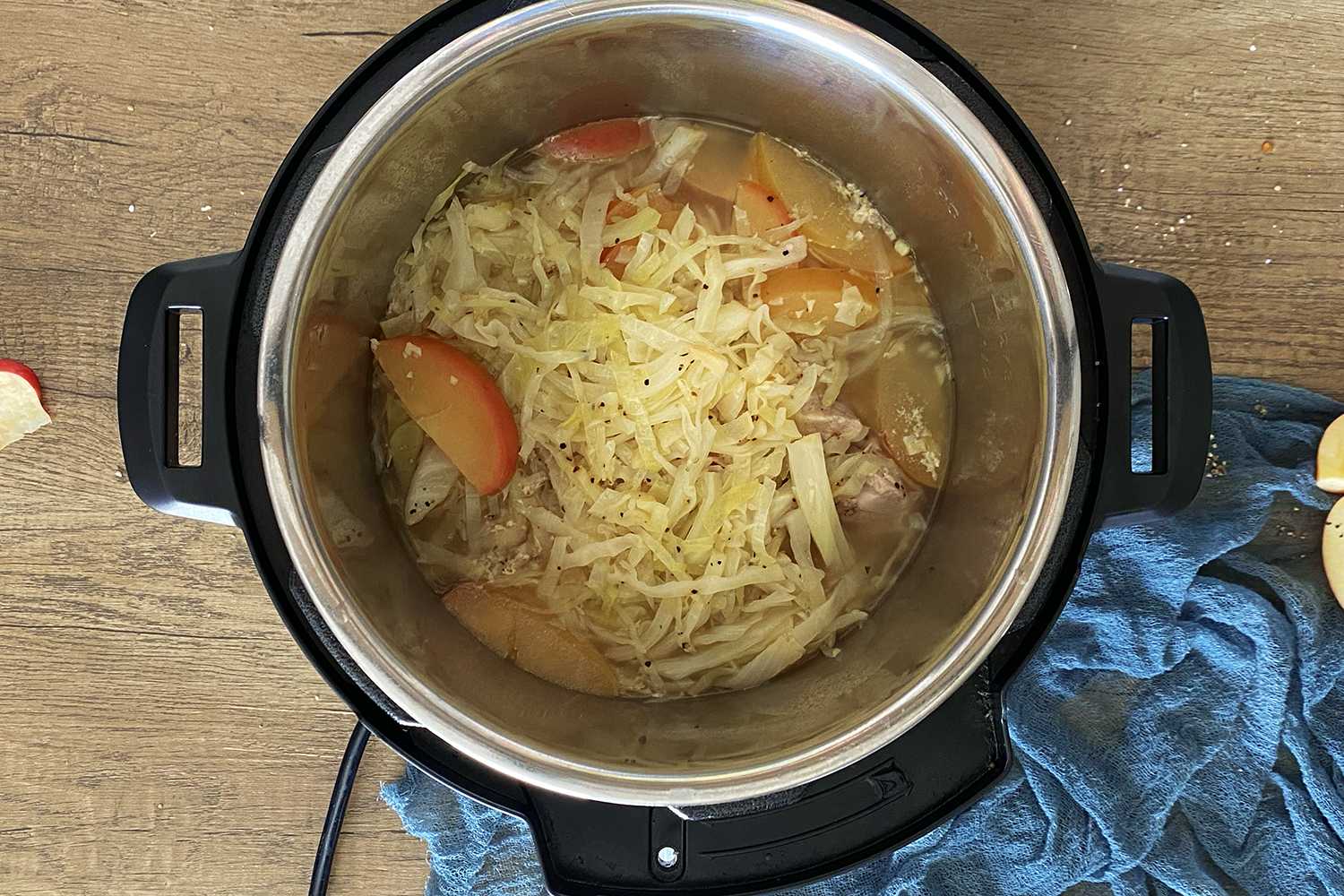
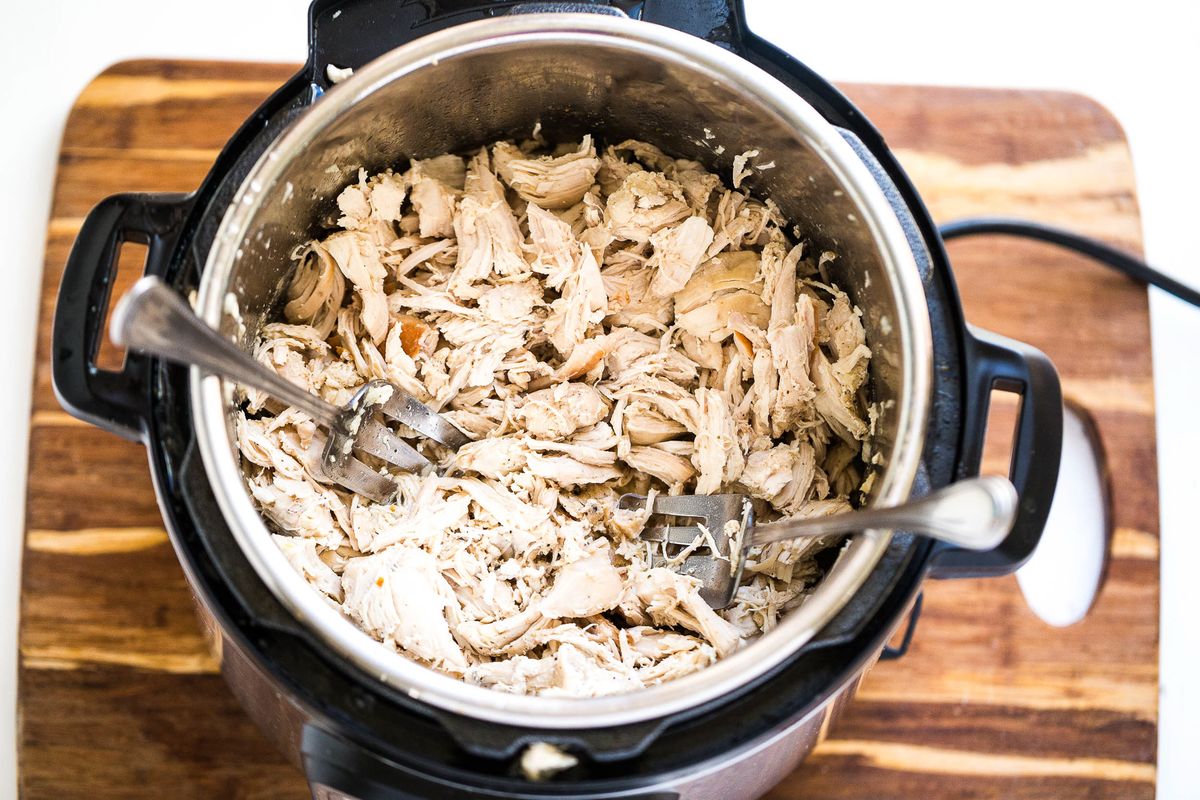

0 thoughts on “How Can I Tell Electric Pressure Cooker Low Or High Pressure”